My Hydroponic Journey: From Backyard Dreams to Aquaponics Reality
I can still remember that soft spring afternoon when I decided I was going to dive headfirst into aquaponics. I’d heard rumors—neighborhood whispers, coffee shop chatter—about little backyard ecosystems that produced vegetables and fish, all in a neat, self-sustaining loop. Imagining my own fresh basil adorned with delicate fish swimming beneath made my heart race. So, it was then that I dedicated my weekends to building my very own micro farm in the corner of our small town yard.
The Planning Stage
You’d think planning was the hardest part, but I was foolishly optimistic. Armed with an old laptop, scattered notes, and a coffee stained DIY guide I’d printed out from some website, I naively sketched the grand vision. “Simple enough,” I told myself. I could see it all: the fish tank, the grow beds, everything harmoniously balanced like a bizarre farm utopia. For fish, I settled on tilapia because they’re hardy and I liked the sound of them being “okay” in my not-so-tropical climate. But oh boy, that’s a story for later.
Scrounging for Parts
You know you’re in deep when you’re starting to get personal with your shed. I rummaged through everything—old PVC pipes, a rusty aquarium pump that may or may not have been working last time I saw it, and even a couple of discarded crates from the farmer’s market. I found an old garbage bin, one of those heavy-duty ones, and thought it would make a perfect fish tank. I could picture it—water splashing, fish weaving in and out of sight. My neighbors either raised eyebrows at my ambitious project or kindly followed my journey, half-expecting me to fail spectacularly.
In hindsight, I should’ve measured the size of that bin a bit better, because once I plopped the whole contraption in the yard, I realized it took up nearly half of it! The growing beds—made of repurposed wood from my mother-in-law’s old furniture—had a certain rustic charm. I slapped on some wood stain, convinced it would add aesthetic value to my little ecosystem. I hoped, at least, my wife would appreciate the effort.
Trials and… (Mostly) Errors
Fast forward a few weeks later: I thought I’d nailed it! The water was all set, the pump sputtering with life after hours of fussing. I fed the fish, watched them swim, and felt like I could finally check things off the list. But then, one morning, I walked outside to a smell that I can only describe as “ocean gone bad.” I’d forgotten to check the water quality.
It was a disaster! The fish were floating—yes, floating. I panicked, thinking I’d somehow killed them with love. After a quick Google search (my best friend during this whole experience), it turned out the balance of ammonia was all off. “Ammonia?!” I thought. “What’s next, nuclear fusion?” In my sleepy little town, I never imagined I’d deal with such advanced biology.
After some tearful soul searching (and a few prayers to fish gods I didn’t believe in), I salvaged what was left of my tilapia fate. During my mourning, I stumbled upon some old aquarium test strips I had lying around from a long-forgotten fish obsession. That saved me a few dollars instead of rushing to the pet shop, but even with the tests, I was still learning by doing… and burning the midnight oil over fishy disasters.
The Water Turned Green
And then, just when I thought my luck had turned, the grow bed transformed into a murky bowl of green slime. I wanted to toss in some superhero grow lights, but my budget was tighter than my jeans after a summer barbecue. Instead, I used some reflective aluminum foil and strung up a couple of old LED Christmas lights. Precarious at best, but hey, you gotta work with what you have.
The water turned from a livid green to something resembling lemonade. “This is it,” I thought. “If I can just get the fish and plants to cooperate, I will be the proud aquaponikist of our block!” My hopes soared, until I reached for basil seeds and learned they need to be submerged—something I clearly missed in my hasty planning.
Finding My Way
But sometimes, the best things come when they’re unplanned. After a few stumbles, I adapted. I learned to experiment—lettuce growing in one bed, herbs in another. Eventually, I found zucchini plants taking root. They were growing like weeds, right alongside my former glory: a bright, blooming mess of neglected basil.
I even figured out how to create a simple water filtration system with homemade filters from charcoal and sand—salvaged materials I channeled into something useful. I still chuckle at how much I learned from my very messy, haphazard backyard project.
The Warm Takeaway
Here’s the honest truth: I faced countless obstacles and made mistakes that had me choking on my coffee in frustration. But let me tell you something important: you don’t need to get it perfect. All the fish floating at the bottom of my garbage bin taught me more about resilience than I’d cared to learn.
So, if you’re sitting there, wondering whether you could ever start your own hydroponic micro farm, let this be your nudge—just do it. Messy? Sure. Frustrating? Yup. But I promise, you’ll find joy and a lot of unexpected lessons along the way.
Ready to jump into this wild world of aquaponics? Join the next session! Reserve your seat and start crafting your backyard adventure today!

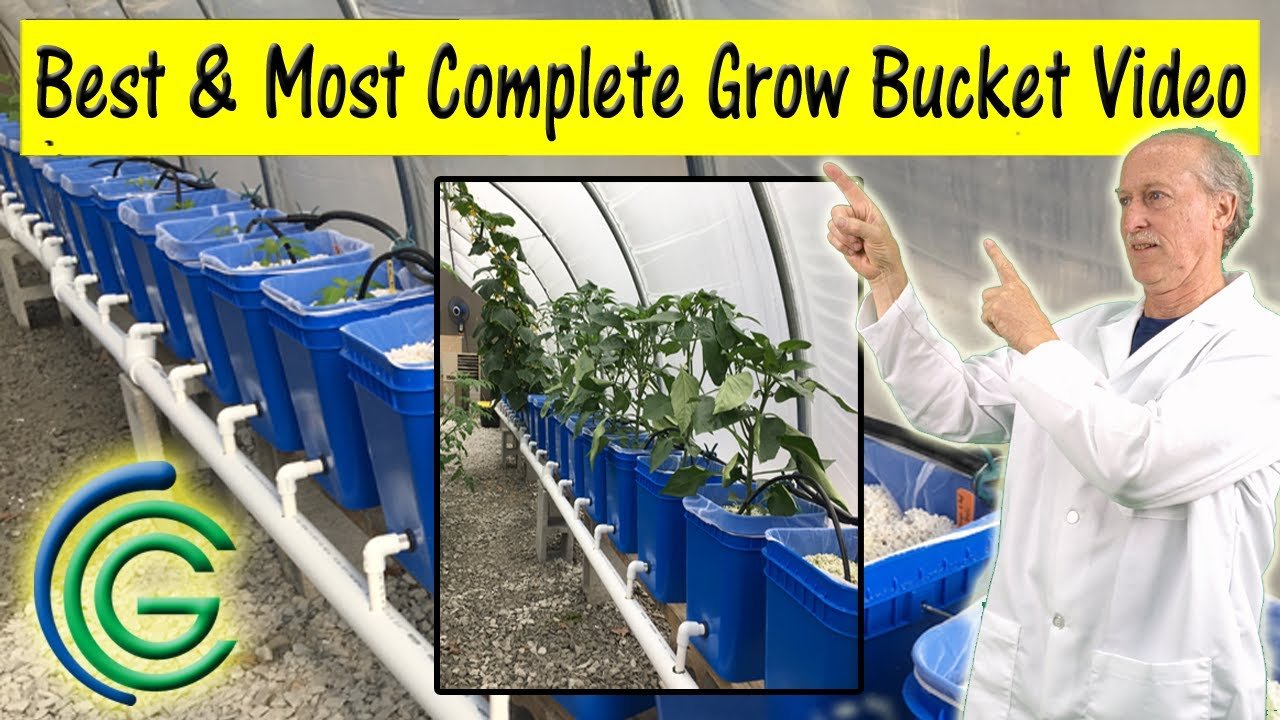
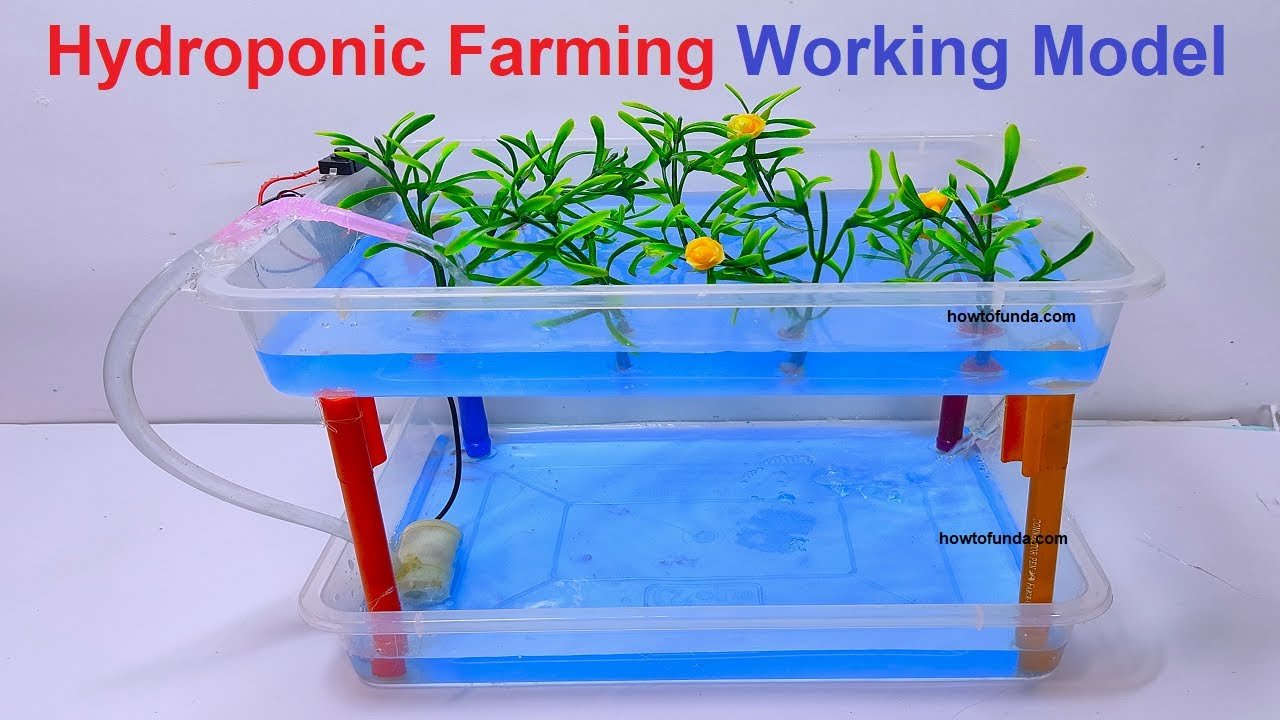
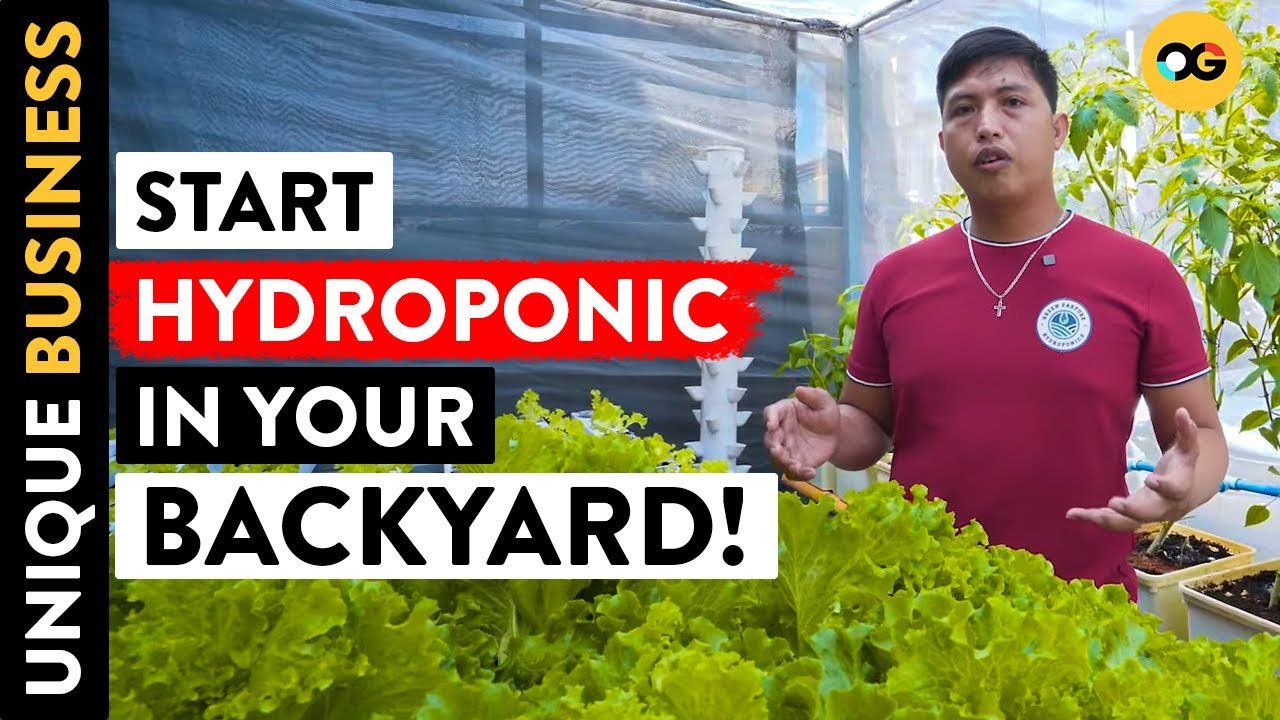
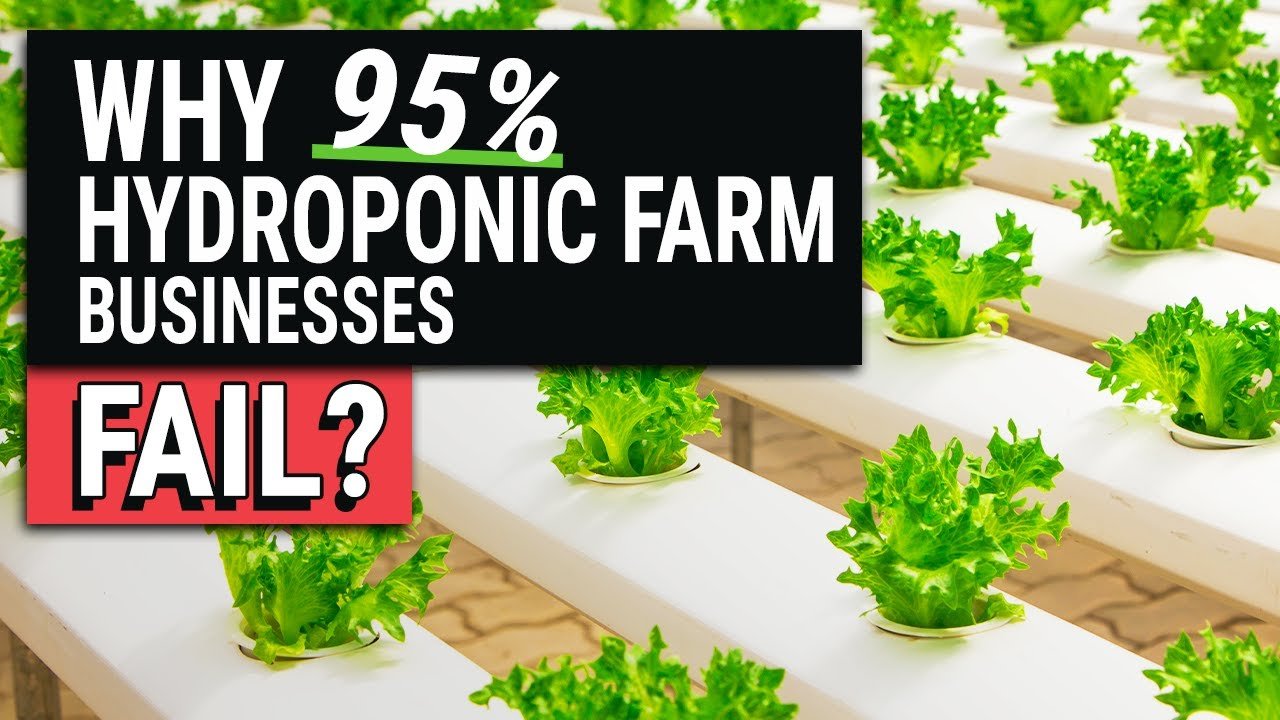
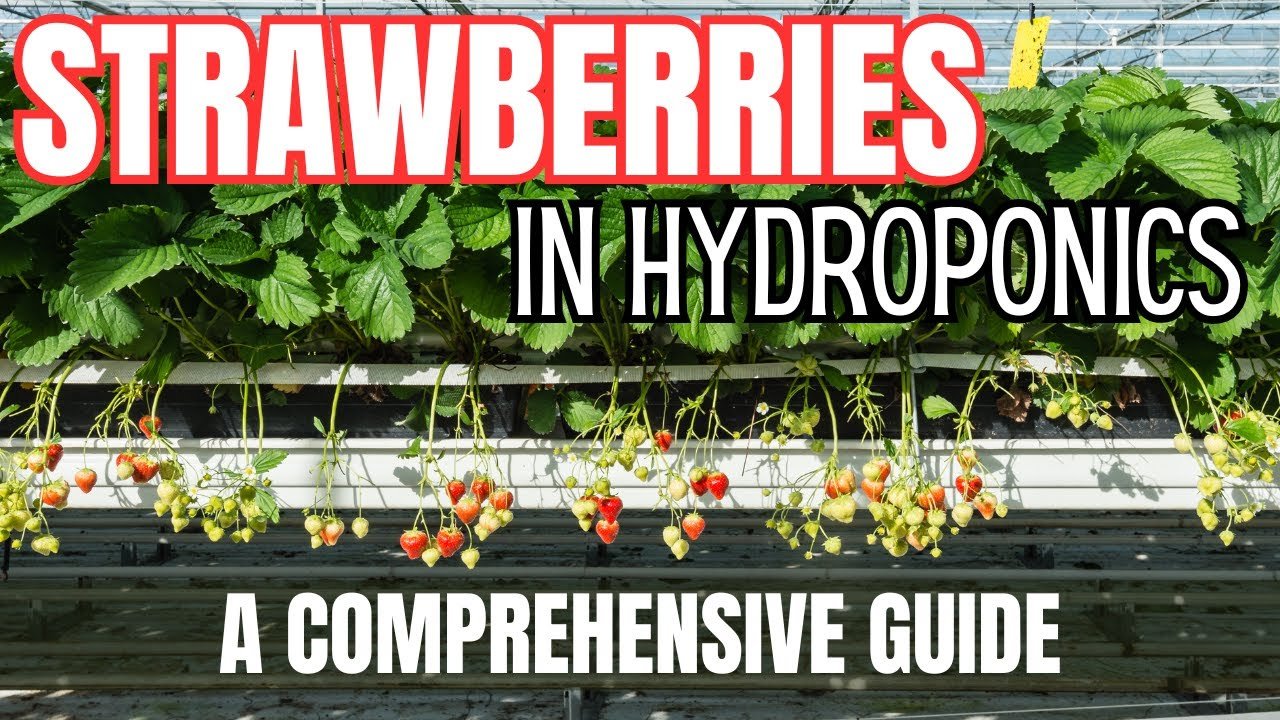

Leave a Reply